Home>Garden Essentials>What Temperature For Grass Seed To Germinate
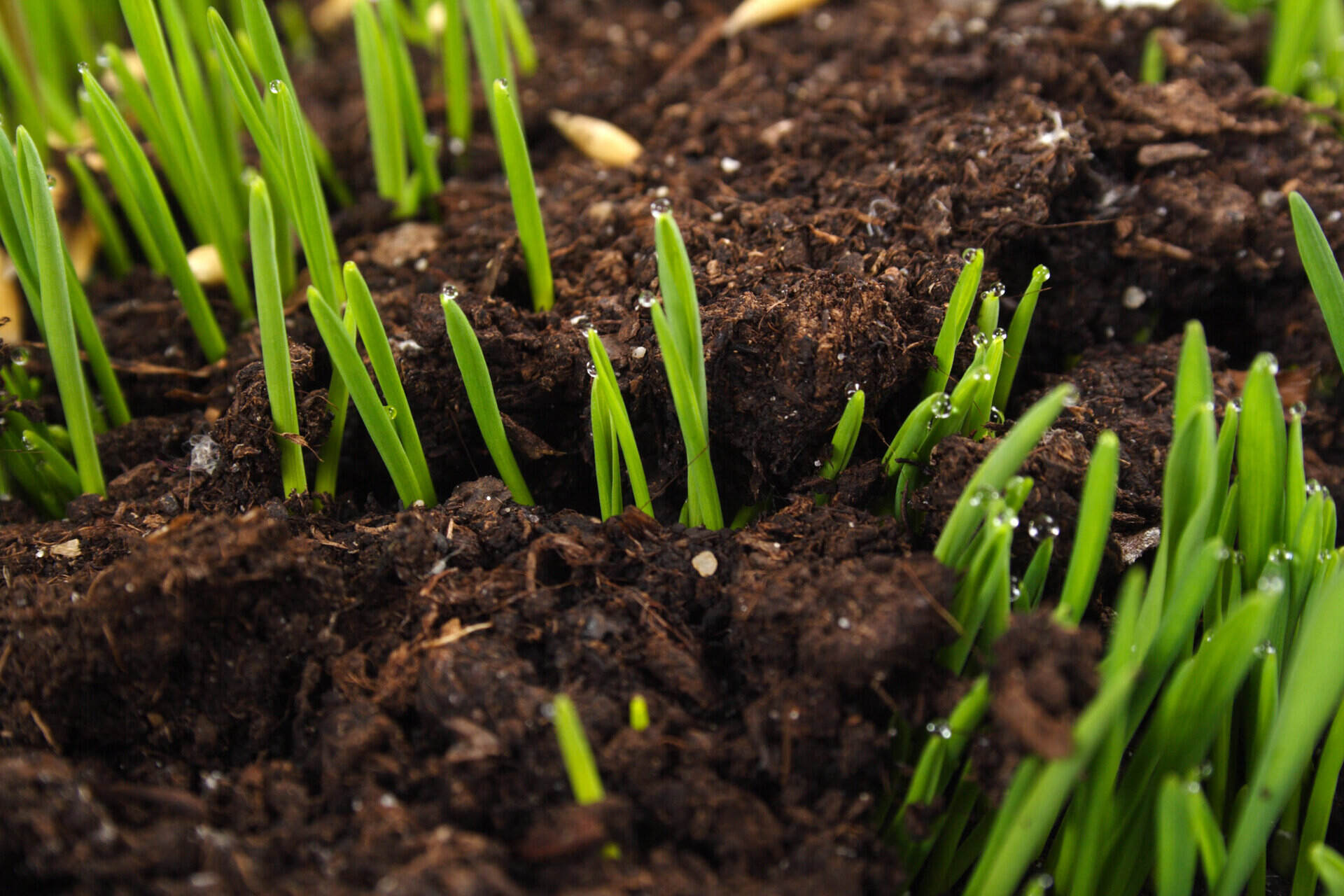

Garden Essentials
What Temperature For Grass Seed To Germinate
Modified: September 2, 2024
Achieve successful grass seed germination in your garden by understanding the ideal temperature requirements. Learn how to create optimal conditions for your grass seed to thrive.
(Many of the links in this article redirect to a specific reviewed product. Your purchase of these products through affiliate links helps to generate commission for Storables.com, at no extra cost. Learn more)
Introduction
When it comes to growing a lush and healthy lawn, one crucial step is germinating the grass seed. The process of germination is when the seed transforms into a young seedling, ready to sprout and develop into a mature plant. While various factors contribute to successful germination, one of the most critical factors is the temperature of the soil.
The temperature of the soil plays a significant role in determining how quickly and effectively the grass seed will germinate. Different types of grass seeds have specific temperature requirements for optimal germination. Understanding these requirements and providing the right conditions will greatly increase your chances of successfully establishing a vibrant and thriving lawn.
In this article, we will explore the ideal temperature range for grass seed germination and how to maintain the right soil temperature throughout the process. Whether you are sowing cool-season grasses like Kentucky bluegrass or warm-season grasses like Bermuda grass, knowing the appropriate temperature conditions will be beneficial for achieving successful germination.
Key Takeaways:
- Grass seeds need specific soil temperatures to sprout. Cool-season grasses like Kentucky bluegrass prefer 50-65°F, while warm-season grasses like Bermuda grass prefer 75-85°F.
- Factors like water, light, soil quality, and oxygen also affect seed germination. Proper timing, soil preparation, and monitoring are crucial for successful grass seed growth.
Read more: What Temperature To Germinate Tomatoes
Factors Affecting Grass Seed Germination
While temperature is a crucial factor in grass seed germination, there are several other factors that can impact the success of the process. Understanding these factors will help you create the optimal conditions for your grass seeds to sprout and grow.
1. Water: Adequate moisture is essential for seed germination. Without enough water, the seeds can dry out and fail to germinate. However, excessive water can also be detrimental, causing seeds to rot or become susceptible to fungal diseases. It is important to strike a balance by providing consistent moisture without overwatering.
2. Light: Most grass seeds do not require light to germinate. In fact, they tend to germinate better in darkness. It is recommended to lightly cover the seeds with a thin layer of soil or mulch to ensure they are protected from direct sunlight.
3. Soil Quality: The quality of the soil also plays a significant role in seed germination. Well-draining soil is essential to prevent waterlogged conditions and promote root development. Additionally, a fertile soil rich in organic matter provides essential nutrients for seedlings to thrive.
4. Oxygen: Just like plants above the ground, seeds also need oxygen to germinate. Compacted soil or waterlogged conditions can limit the availability of oxygen to the seeds, hindering their germination process.
5. Seed Quality: The quality of the grass seed itself can affect germination rates. It is crucial to choose high-quality seeds from reputable sources to ensure the best chance of successful germination. Fresh seeds with a high germination percentage will have a higher likelihood of sprouting and establishing a healthy lawn.
By considering these factors and optimizing the conditions for your grass seeds, you can greatly increase the chances of successful germination. It is essential to create a favorable environment that supports the growth and development of the young seedlings.
Optimal Temperature for Grass Seed Germination
The optimal temperature for grass seed germination varies depending on the type of grass species you are planting. Cool-season grasses, such as Kentucky bluegrass and fescue, have different temperature requirements than warm-season grasses like Bermuda grass and zoysia grass.
Cool-season grasses germinate best in soil temperatures ranging from 50 to 65 degrees Fahrenheit (10 to 18 degrees Celsius). These grasses thrive in cooler climates and tend to grow vigorously in the spring and fall. When soil temperatures fall below 50 degrees Fahrenheit, germination slows down, and the process may take longer to complete. If the soil temperature rises above 65 degrees Fahrenheit, the seeds may still germinate but at a less optimal rate.
On the other hand, warm-season grasses require higher soil temperatures for germination. They thrive in warmer climates and grow most actively during the summer months. The ideal temperature range for warm-season grasses is between 75 and 85 degrees Fahrenheit (24 to 29 degrees Celsius). If the soil temperature drops below 75 degrees Fahrenheit, the germination process may be sluggish or even delayed. However, if the temperature rises above 85 degrees Fahrenheit, it can inhibit germination and potentially harm the seedlings.
It is important to note that these temperature ranges are general guidelines, and some grass species within the cool-season or warm-season categories may have slightly different temperature requirements. Before planting grass seed, it’s recommended to consult the specific recommendations for the grass species you are working with to ensure the most accurate temperature range for optimal germination.
Monitoring the soil temperature is crucial during the germination process. Using a soil thermometer, you can accurately gauge the temperature to ensure it falls within the appropriate range for your grass seeds. This will help you determine the ideal time to sow the seeds and provide the best environment for their successful germination.
Cool-Season Grass Seeds Germination Temperature Range
Cool-season grasses are well-suited for regions that experience colder temperatures and have distinct seasons. These grasses, including Kentucky bluegrass, perennial ryegrass, and tall fescue, have specific temperature requirements for optimal germination. Understanding these temperature ranges will help you ensure successful establishment of your cool-season lawn.
For cool-season grasses, the ideal soil temperature range for germination is between 50 and 65 degrees Fahrenheit (10 to 18 degrees Celsius). Within this range, the seeds will have the best chance of sprouting and developing into healthy seedlings.
When soil temperatures fall below 50 degrees Fahrenheit, germination may still occur, but at a slower pace. The colder temperatures can cause the process to take longer, and the seedlings may be more susceptible to disease and other stress factors. It’s important to note that certain cool-season grasses, like Kentucky bluegrass, have a higher minimum temperature requirement for germination compared to others.
In contrast, if the soil temperature rises above 65 degrees Fahrenheit, germination can still occur, but the rate may decline. These grasses are adapted to cooler temperatures and may struggle to establish in excessively warm conditions. If you are unable to sow the seeds before the soil temperature exceeds 65 degrees Fahrenheit, it is advisable to wait until the temperatures cool down again in the fall or early spring for optimal germination and establishment.
Monitoring the soil temperature using a soil thermometer is essential during the germination process. This will help you determine the best time to sow the cool-season grass seeds and ensure that the soil temperature falls within the ideal range for successful germination.
By understanding and accommodating the temperature preferences of cool-season grasses, you can create favorable conditions for their germination and establish a lush, vibrant lawn.
Grass seed generally germinates best when the soil temperature is between 50-65°F (10-18°C). Use a soil thermometer to monitor the temperature for optimal results.
Warm-Season Grass Seeds Germination Temperature Range
Warm-season grasses are well-suited for regions with hot summers and mild winters. These grasses, which include Bermuda grass, zoysia grass, and St. Augustine grass, have specific temperature requirements for optimal germination. Understanding these temperature ranges will help you establish a thriving warm-season lawn.
For warm-season grasses, the ideal soil temperature range for germination is between 75 and 85 degrees Fahrenheit (24 to 29 degrees Celsius). Within this range, the seeds have the best chance of sprouting and developing into healthy seedlings.
When soil temperatures drop below 75 degrees Fahrenheit, germination may still occur, but it may be slower or delayed. Warm-season grasses are adapted to warmer climates, and cooler soil temperatures can hinder the germination process. It’s important to note that certain warm-season grasses, like Bermuda grass, have a lower minimum temperature requirement for germination compared to others.
On the other hand, if the soil temperature exceeds 85 degrees Fahrenheit, it can inhibit germination and potentially harm the seedlings. Excessively high temperatures can stress the developing roots and make it challenging for the seeds to establish themselves. If you anticipate temperature spikes above the optimal range, it may be best to delay seeding until the temperatures become more favorable.
Warm-season grasses typically thrive during the summer months when temperatures are warm and consistent. It’s important to plan your seeding efforts accordingly to take advantage of the optimal temperature range and provide the best conditions for germination.
Using a soil thermometer to monitor the temperature is essential during the germination process. By ensuring that the soil temperature falls within the ideal range, you can increase the chances of successful germination and ultimately establish a lush and healthy warm-season lawn.
Read more: What Temperature Does Crabgrass Germinate
Maintaining Ideal Soil Temperature for Germination
Maintaining the ideal soil temperature during germination is crucial for the successful establishment of grass seeds. Here are some tips to help you create and maintain the optimal conditions for germination:
1. Timing: Plant your grass seeds during the proper season when the soil temperature naturally falls within the ideal range for germination. For cool-season grasses, this is typically in the early spring or fall when soil temperatures are cooler. For warm-season grasses, it is best to sow the seeds in late spring or early summer when the soil has warmed up.
2. Preparing the Soil: Before sowing the seeds, prepare the soil by removing any weeds, rocks, and debris. Loosen the soil with a rake or tiller to create a loose and well-draining seedbed. Incorporating organic matter, such as compost, can help improve soil fertility and moisture retention.
3. Watering: Proper watering is essential for seed germination. Before sowing the seeds, moisten the soil to a depth of a few inches. After sowing, lightly water the area to ensure the seeds are in contact with moist soil. Continue to provide consistent moisture, keeping the soil evenly moist but not waterlogged. Avoid drying out the soil or saturating it with excessive water.
4. Mulching: Applying a thin layer of mulch over the seeded area can help regulate soil temperature and moisture. Mulch acts as insulation, preventing temperature fluctuations and conserving moisture. Choose a light and organic mulch material that won’t hinder the seedlings’ emergence.
5. Shade and Protection: In hot climates or during heatwaves, providing shade over the seeded area can help reduce soil temperature and protect the emerging seedlings from excessive heat. You can use shade cloth or temporary covers to create shade until the seedlings are well-established.
6. Monitoring: Regularly monitor the soil temperature using a soil thermometer to ensure it remains within the optimal range for germination. Adjust watering and other practices accordingly to maintain the ideal conditions.
By following these guidelines, you can create and maintain the ideal soil temperature for seed germination. Providing the best conditions will greatly increase the chances of successful seedling emergence and the establishment of a healthy and vibrant lawn.
Protecting Germinating Grass Seeds from Extreme Temperatures
Germinating grass seeds are delicate and vulnerable, especially when exposed to extreme temperatures. It is essential to take measures to protect the young seedlings from these temperature extremes to ensure their successful growth and establishment. Here are some tips to safeguard germinating grass seeds:
1. Shade Cloth or Row Covers: In hot and sunny climates, provide temporary shade using shade cloth or row covers. These can help reduce the intensity of the sunlight and provide a cooler environment for the seedlings to grow. Place the covers over the seeded area until the seedlings are well-established and can tolerate direct sun exposure.
2. Watering Schedule: Proper watering is crucial for seedling survival, especially during extreme heat or cold. Watering the soil before planting the seeds and maintaining consistent moisture helps regulate soil temperature and protect the tender seedlings from temperature fluctuations.
3. Mulching: Apply a thin layer of mulch over the seeded area. Mulch helps insulate the soil and provides an additional layer of protection from extreme temperatures. Organic mulch, such as straw or wood chips, also helps retain moisture and prevents the soil from drying out.
4. Frost Protection: In cooler climates, protect the seedlings from frost by covering the seeded area with a frost blanket or floating row covers. These covers provide insulation and prevent direct exposure to freezing temperatures, minimizing the risk of frost damage to the seedlings.
5. Adjusting Planting Time: Consider adjusting the timing of planting the grass seeds to avoid extreme temperatures. Planting during milder seasons or selecting grass species that are more tolerant of the prevailing temperature conditions in your region can increase the chances of successful germination and establishment.
6. Monitor Weather Forecasts: Stay informed about weather conditions in your area. Extreme temperature events, such as heatwaves or cold snaps, can quickly damage or kill germinating grass seeds. By keeping an eye on the weather forecast, you can take proactive measures to protect the seedlings in challenging conditions.
Remember, germinating grass seeds are particularly sensitive to extreme temperatures. By taking these protective measures, you can minimize the risks and provide the optimal environment for the seedlings to flourish. With care and attention, your lawn will thrive and provide a lush and healthy landscape.
Conclusion
The temperature of the soil is a critical factor in the germination process of grass seeds. Whether you’re working with cool-season grasses or warm-season grasses, understanding and maintaining the optimal temperature range is key to successful seed germination and establishment of a healthy lawn.
Cool-season grasses, such as Kentucky bluegrass and fescue, have an ideal germination temperature range of 50 to 65 degrees Fahrenheit (10 to 18 degrees Celsius). On the other hand, warm-season grasses, like Bermuda grass and zoysia grass, require soil temperatures between 75 and 85 degrees Fahrenheit (24 to 29 degrees Celsius) for optimal germination.
Factors such as water, light, soil quality, oxygen, and seed quality also play important roles in seed germination. By providing the right conditions, including adequate moisture, proper soil preparation, and sufficient oxygen, you can improve the chances of successful seedling emergence and growth.
To maintain the ideal soil temperature for germination, it’s important to time your planting correctly, prepare the soil properly, monitor and adjust watering practices, and provide protection from extreme temperatures using shade cloth, mulch, or covers. Regularly monitoring the soil temperature using a soil thermometer will help you make informed decisions and ensure the best conditions for germination.
Remember to consider the specific requirements of the grass species you are working with, as individual species may have slightly different temperature preferences for optimal germination.
With proper care and attention, you can create an environment that encourages successful grass seed germination and establishment. By understanding temperature requirements and incorporating the necessary steps to maintain those temperatures, you are on your way to achieving a lush and healthy lawn that will be the envy of your neighborhood.
So, get ready to sow those grass seeds and watch as your lawn transforms into a beautiful oasis of greenery!
Frequently Asked Questions about What Temperature For Grass Seed To Germinate
Was this page helpful?
At Storables.com, we guarantee accurate and reliable information. Our content, validated by Expert Board Contributors, is crafted following stringent Editorial Policies. We're committed to providing you with well-researched, expert-backed insights for all your informational needs.
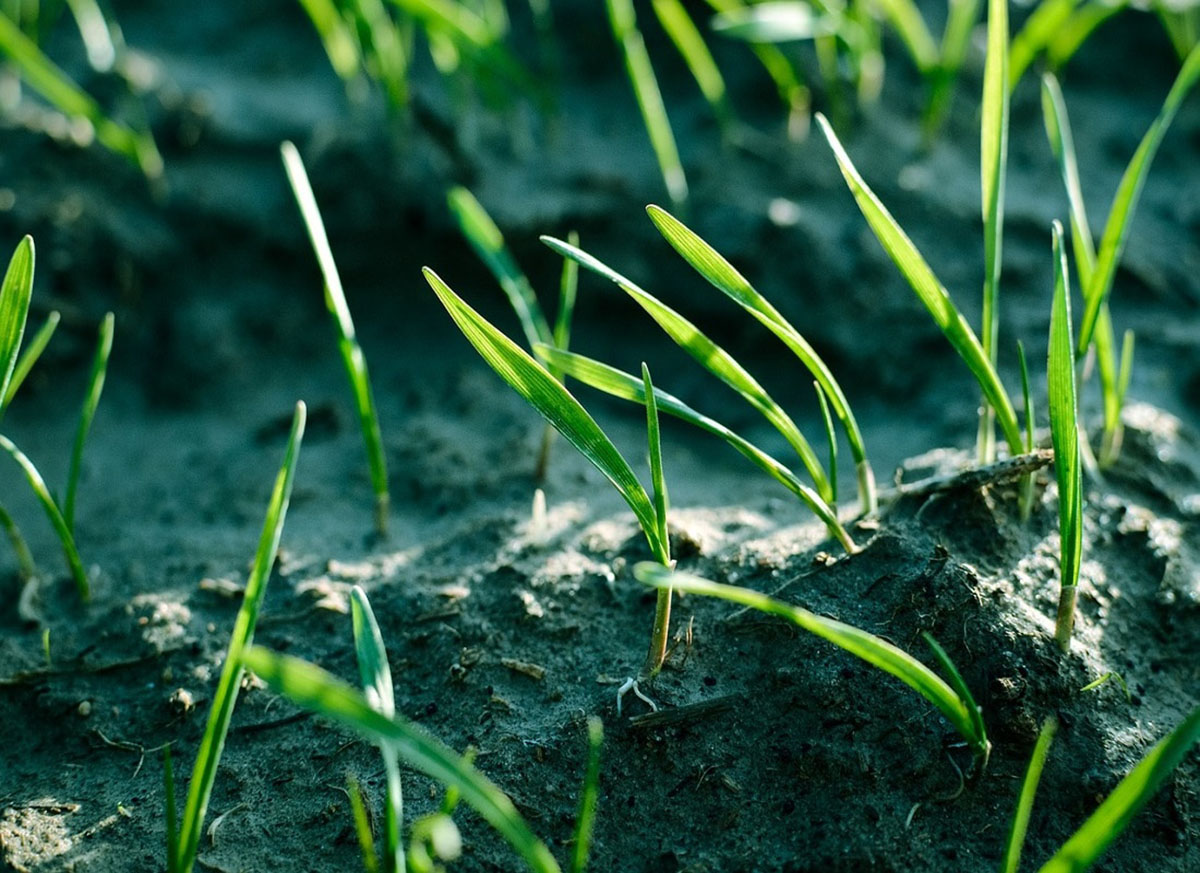
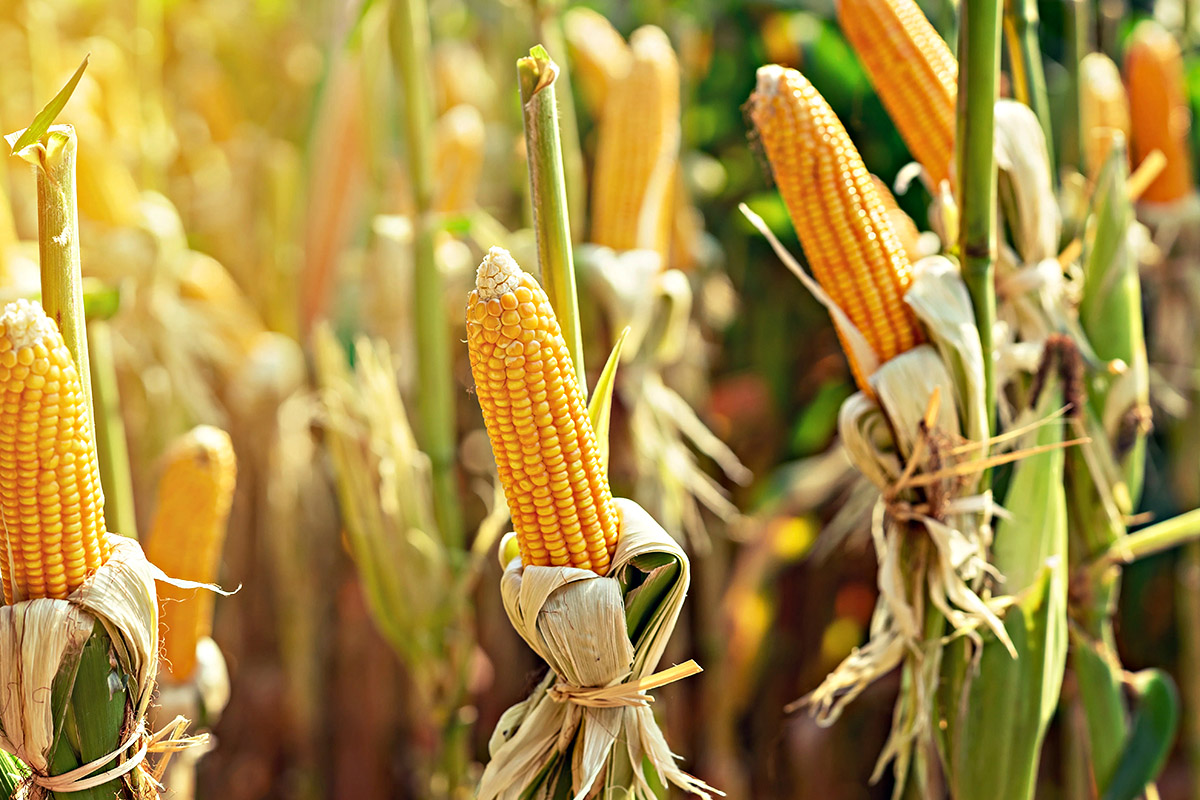
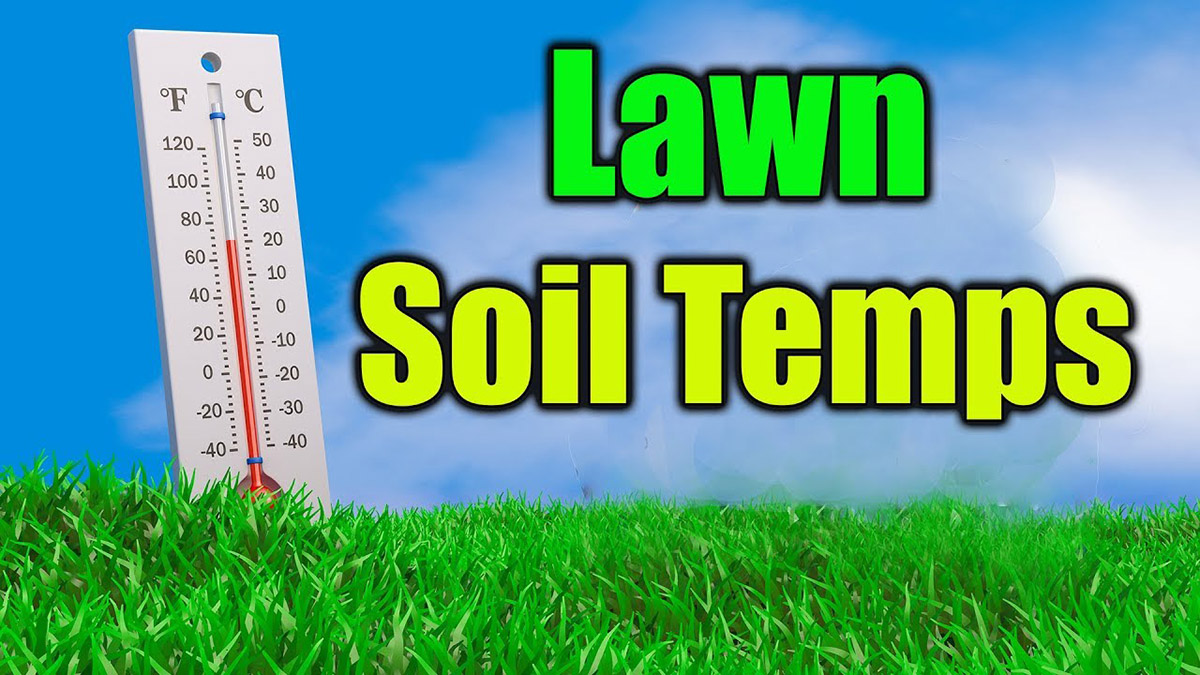
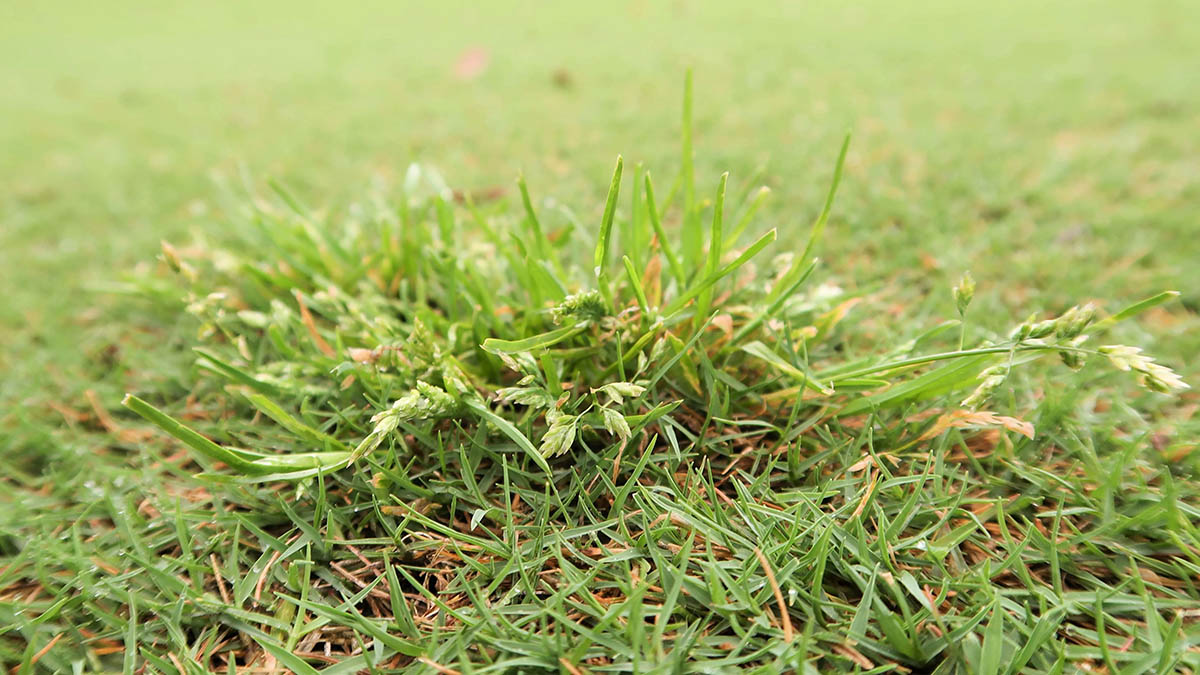

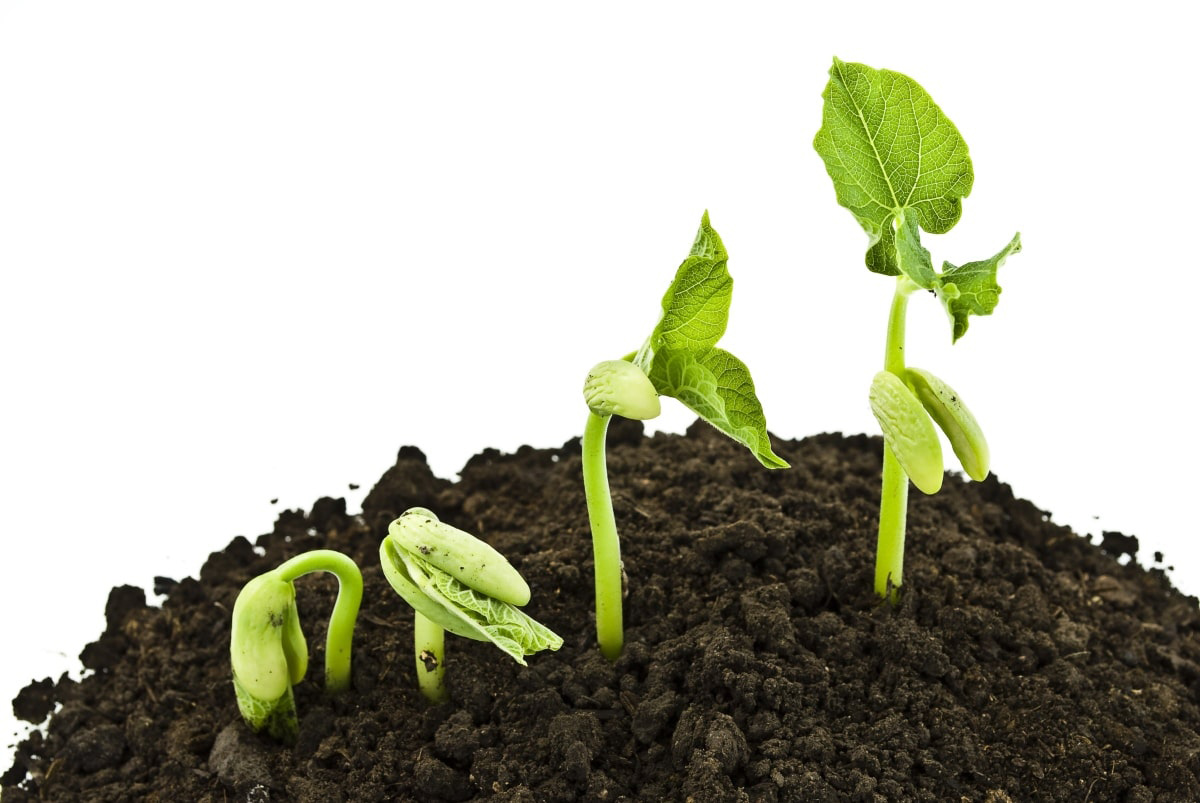
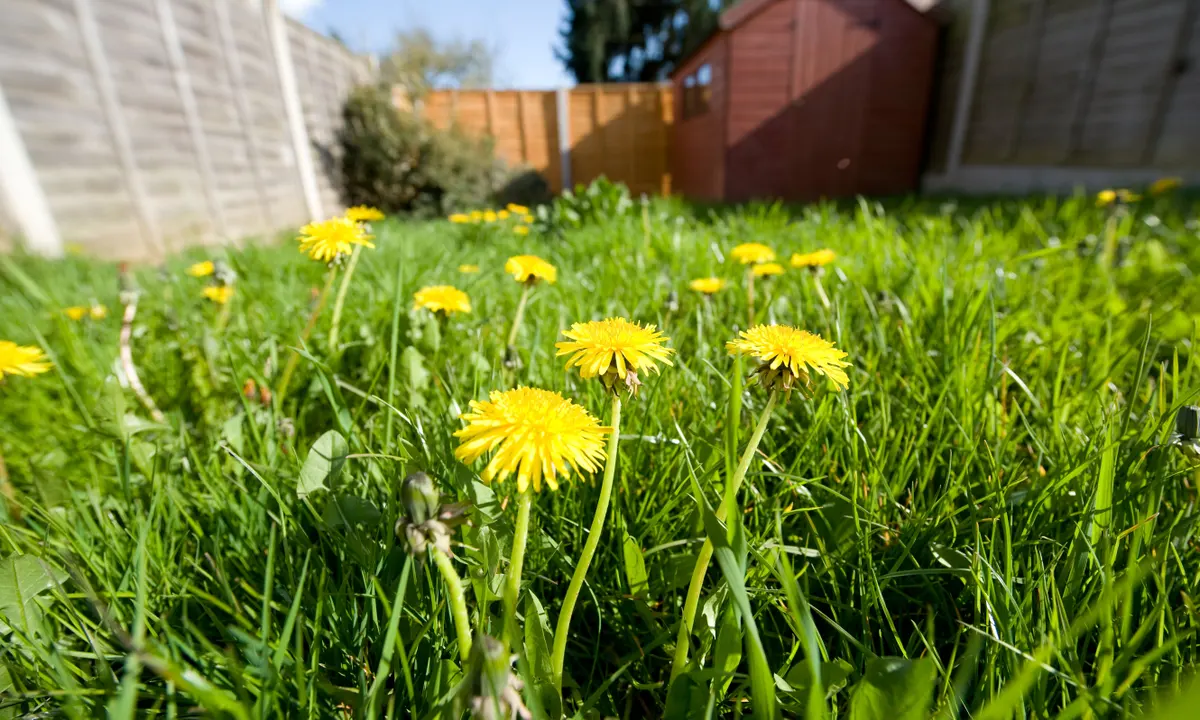

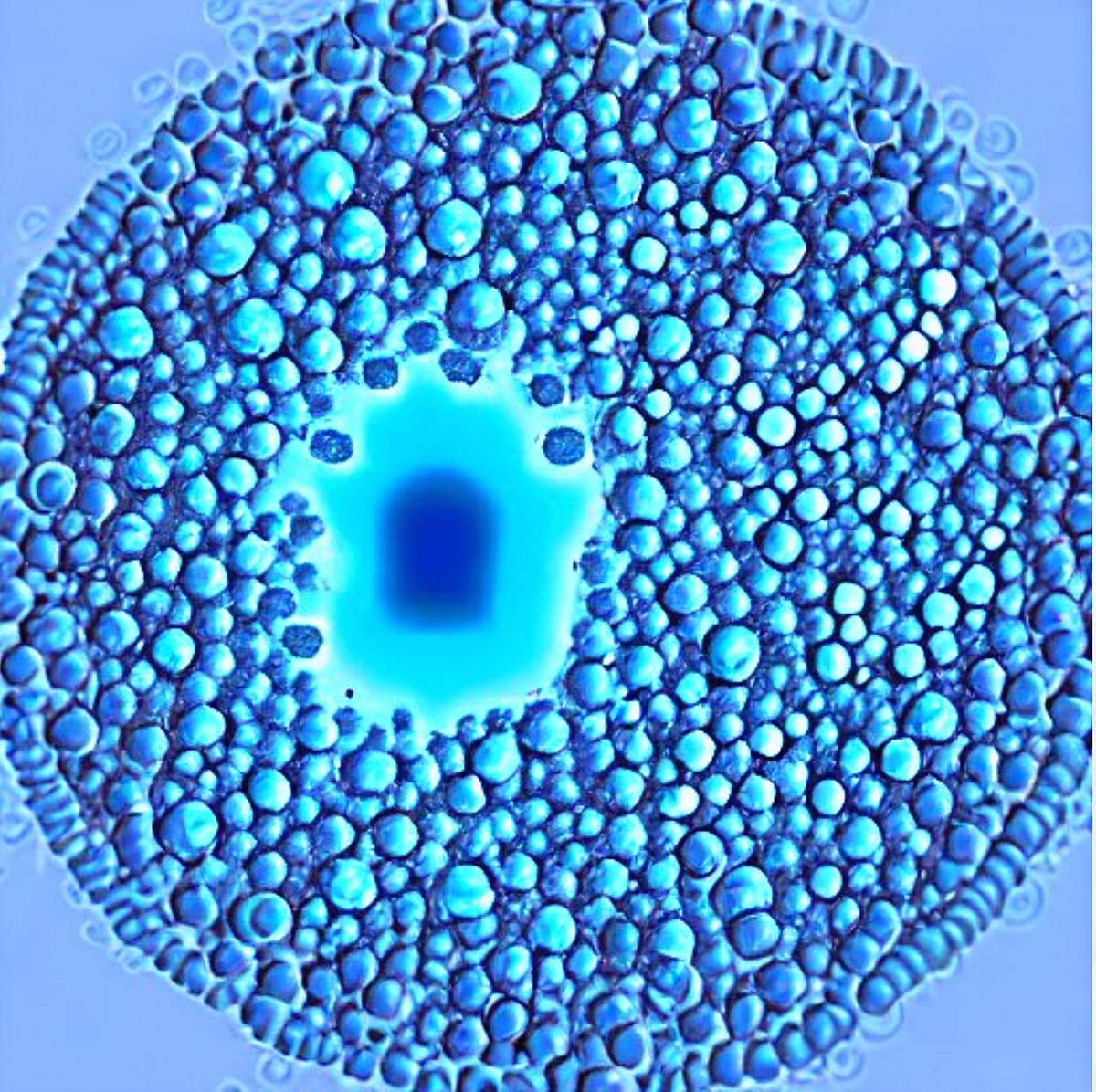
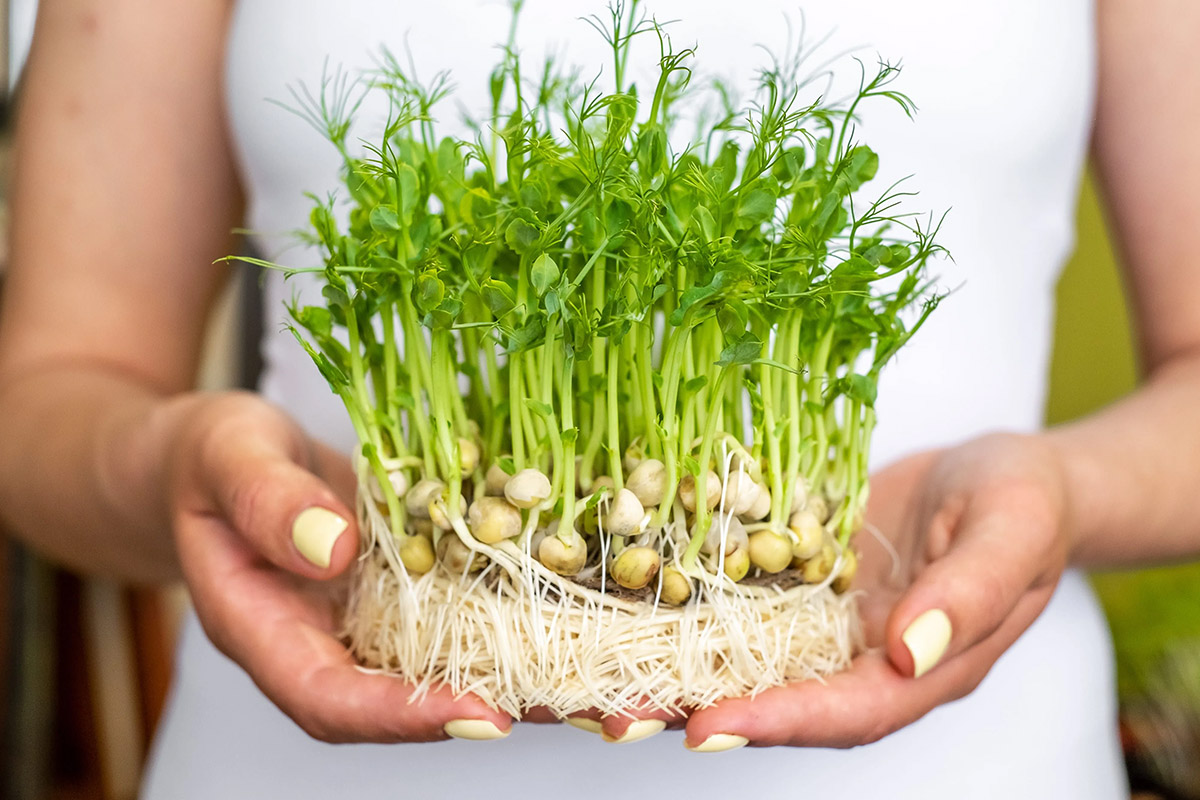


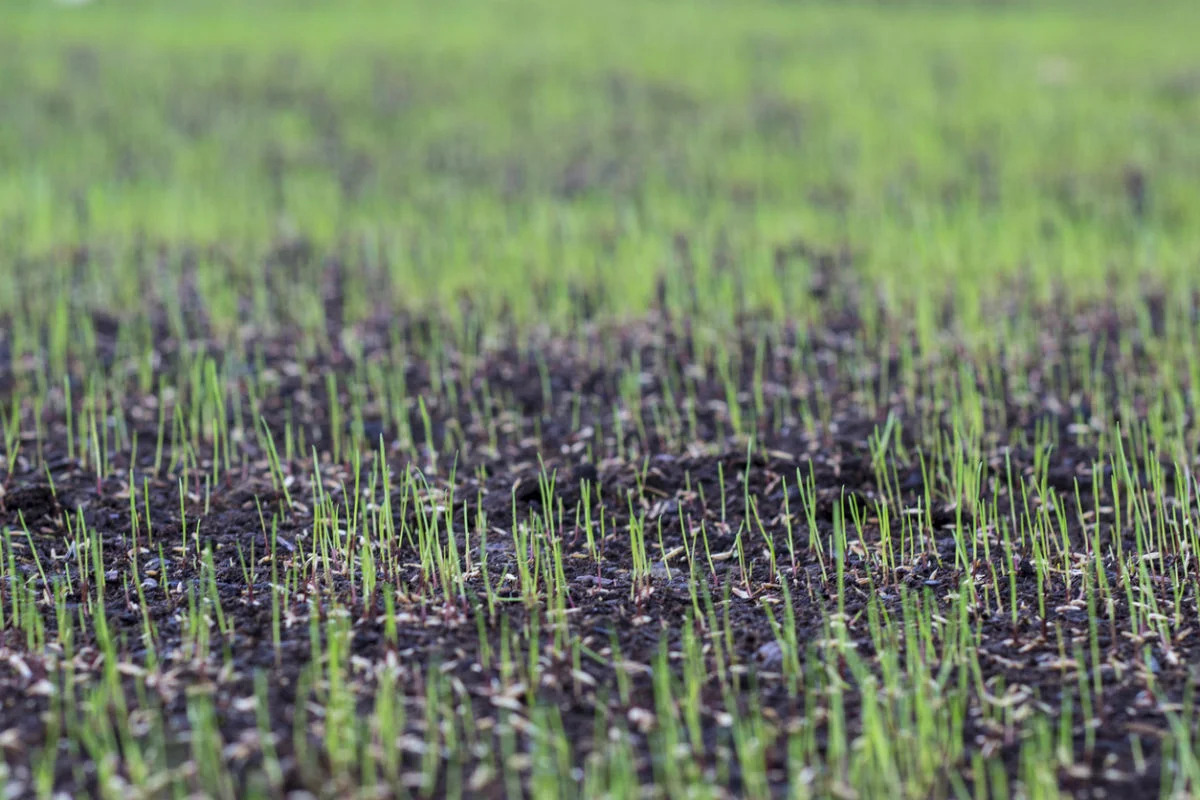
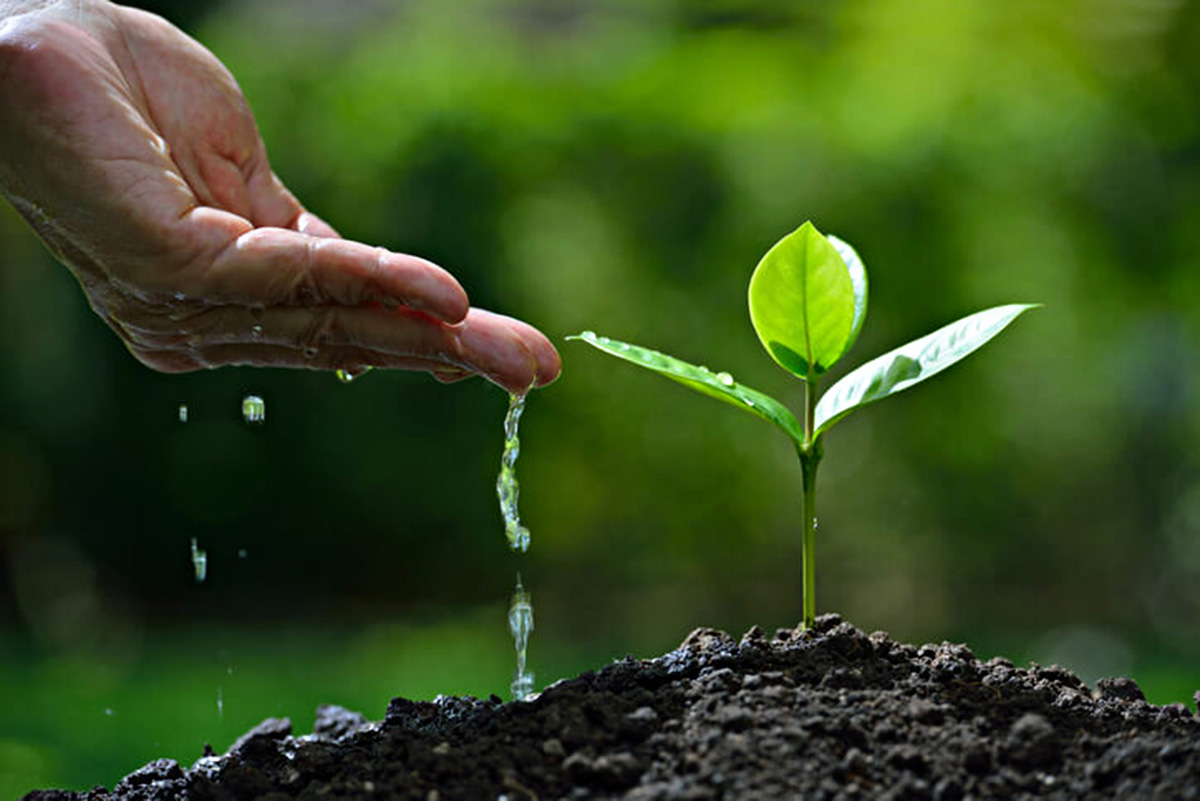

0 thoughts on “What Temperature For Grass Seed To Germinate”